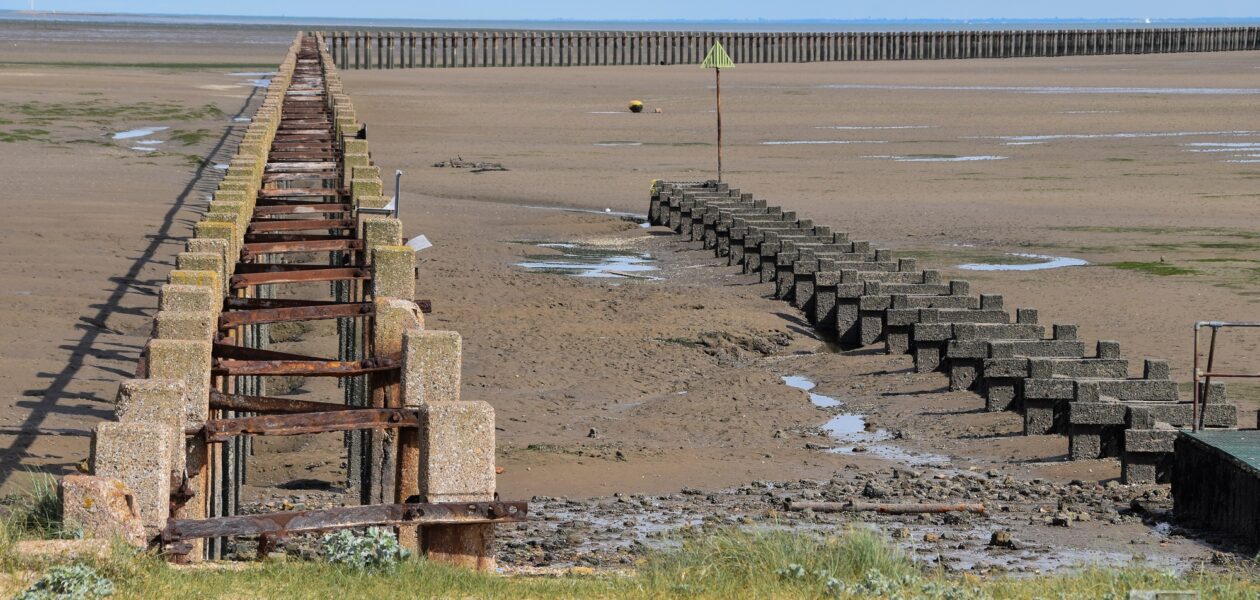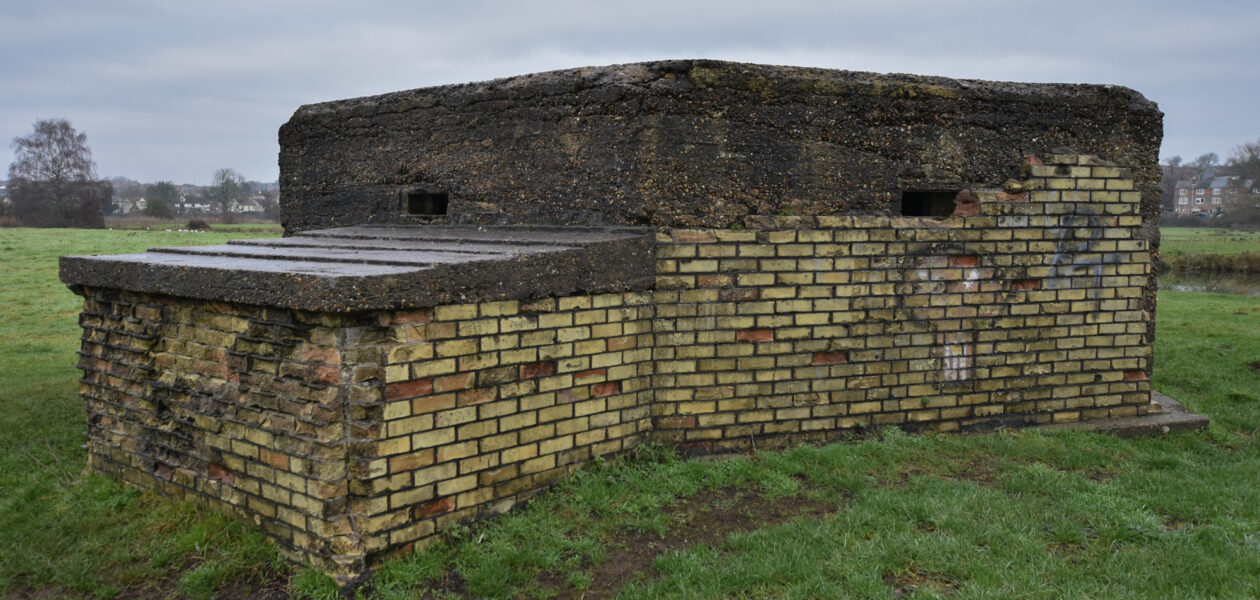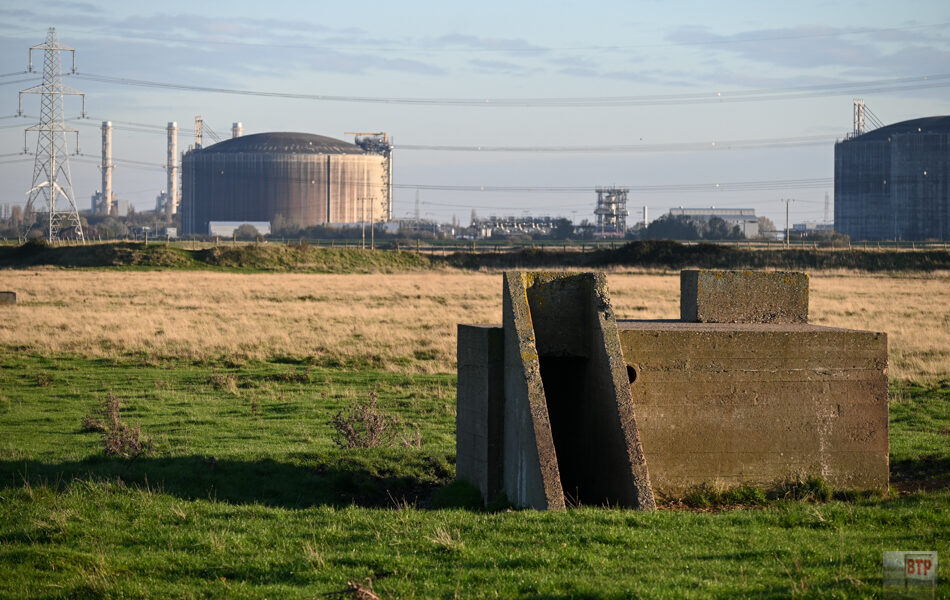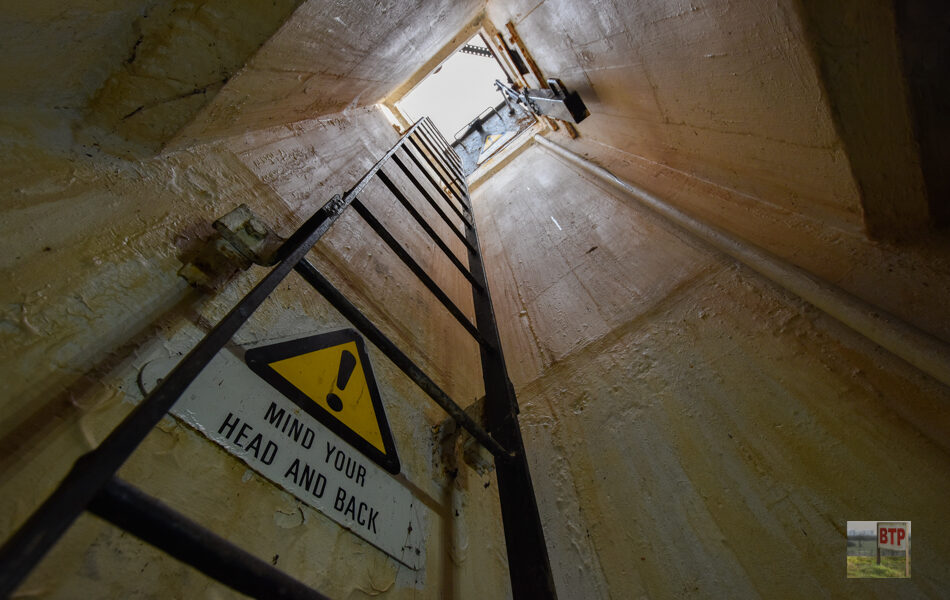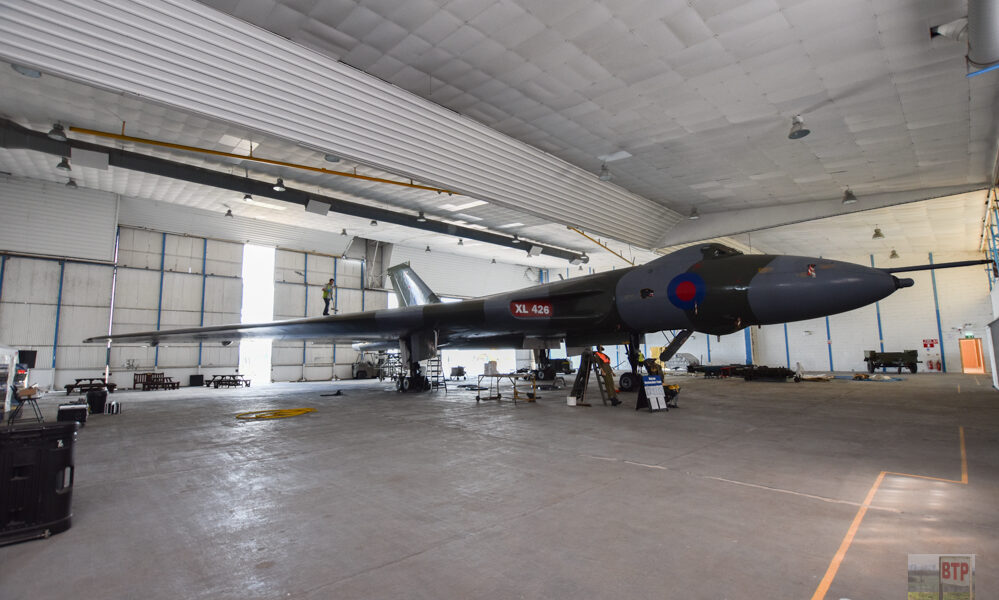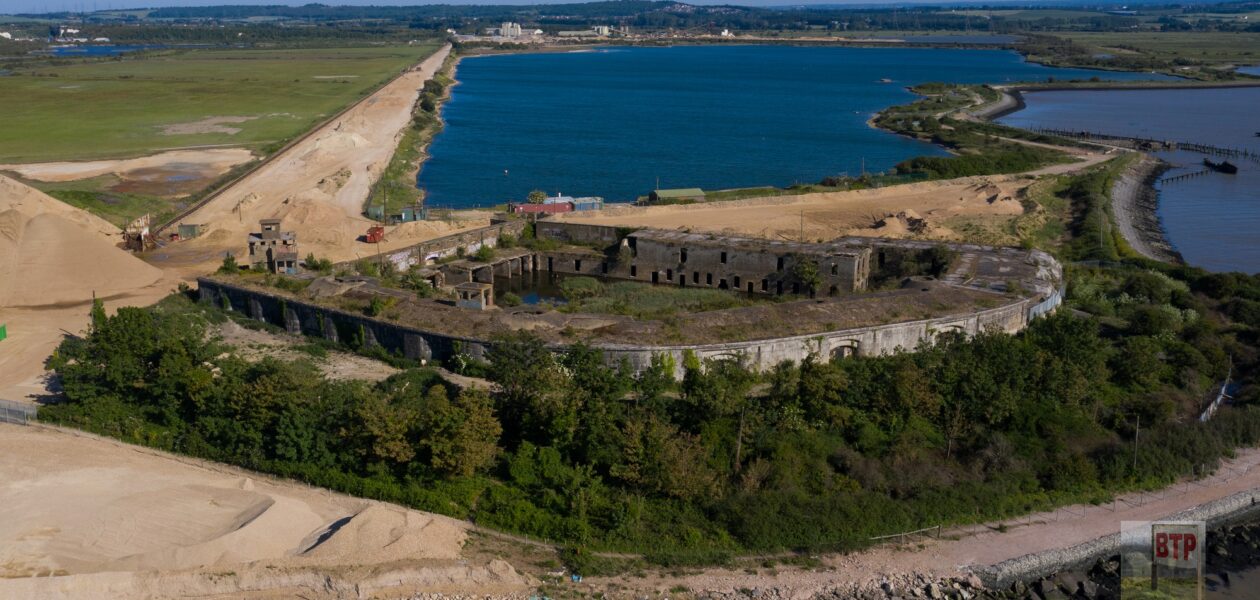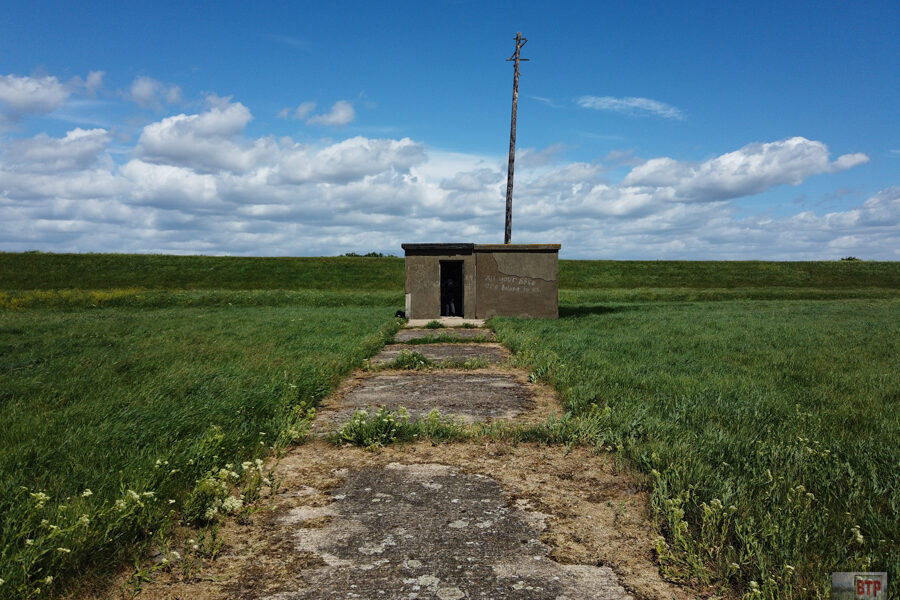Shoebury Anti-Submarine Boom
Redesigned to block off Russian subs in 1950-53, the boom was originally built on a smaller scale out of wood in 1944 during World War Two to block off enemy vessels from entering the Thames and attacking anchored shipping. It was also used as a possible mounting point for anti-aircraft guns and searchlights. It has…
View More
